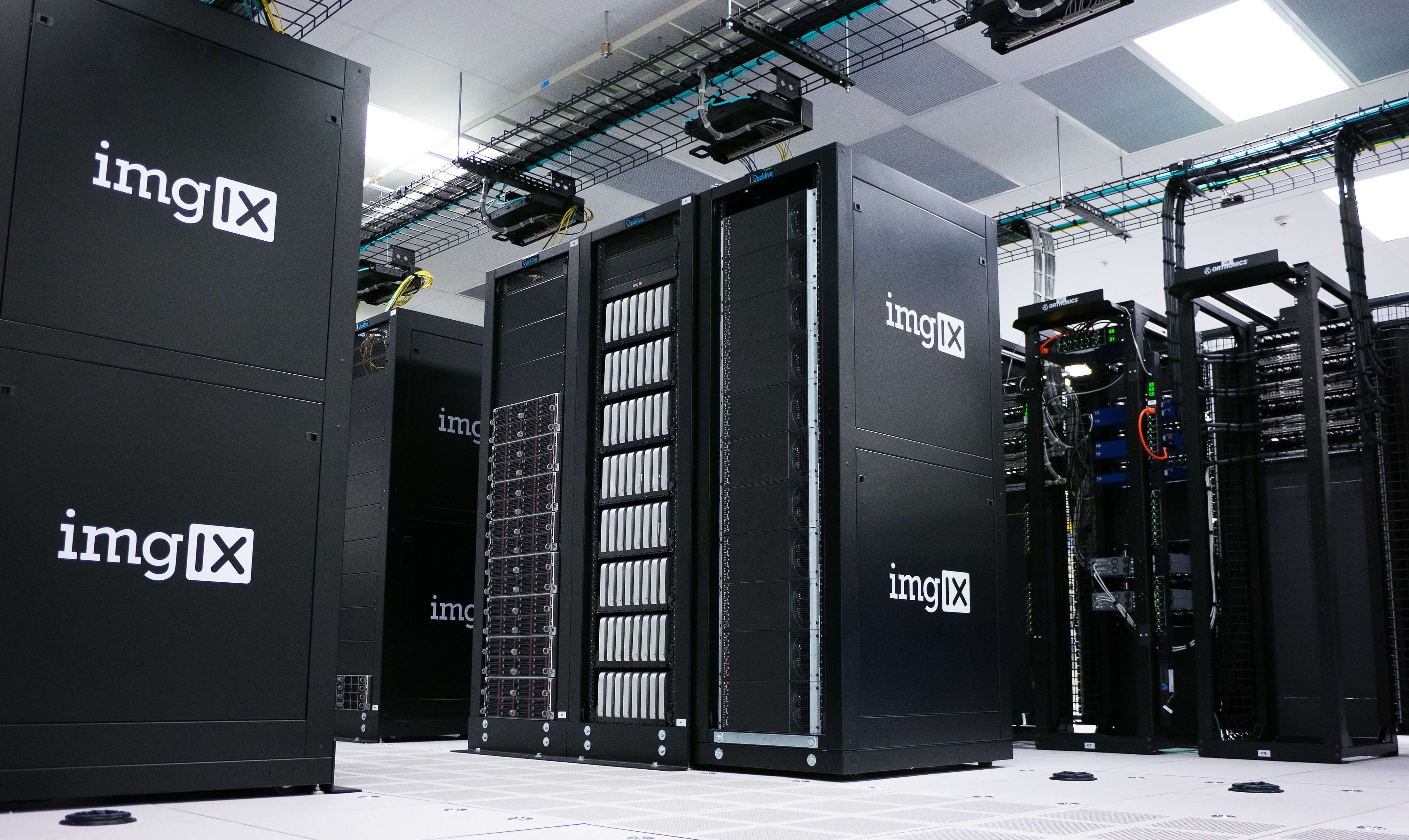For years, the big data center with racks and racks of servers has symbolized the world of enterprise IT. Now that’s changing, as more businesses embrace edge computing.
Is edge computing a short-lived fad or the shape of things to come? Just about every trend points to it being more than a passing fancy:
- Millions of people are now equipped with powerful mobile devices and they want to use them for a variety of purposes all the time
- There are already billions of devices in millions of locations—thermostats, cameras, sensors–capturing and transmitting information.
- We are on the verge of the acceptance of self-driving vehicles in constant communication.
- The growing use of video for collaboration and content sharing.
- The rise of 5G networks
These and other trends all demand or facilitate processing power being placed closer to where data is being generated and used. And that’s at the edge.
Edge strategies are already reshaping the data center market—for example in the significant acquisition and consolidation activity that has taken place among smaller data center and colocation providers in regional markets; and also in the announcement by AT&T that it is retrofitting thousands of its old central offices to become micro data centers—part of a long term goal by the network giant to virtualize its network via software defined networking (SDN) and network functions virtualization (NFV).
So the edge is here to stay. What often sows confusion is that definitions of the edge vary all over the place—ranging from smaller, more distributed versions of today’s data center to modular, special purpose solutions embedded in the base of cell towers (sometimes called “fog computing”).
The reality is that the edge can be anywhere—as long as it is close enough to deliver the right user experience.
At SMI, many of our clients are already factoring edge strategies into their data center and network planning, shifting away from legacy data centers and moving toward flexible, agile data centers, micro data centers, hybrid cloud options and colocation.
While this presents a very different picture than the large, unified data center of the past, much of the planning issues are surprisingly similar: matching capacity to demand, achieving true network diversity, data security and more.

